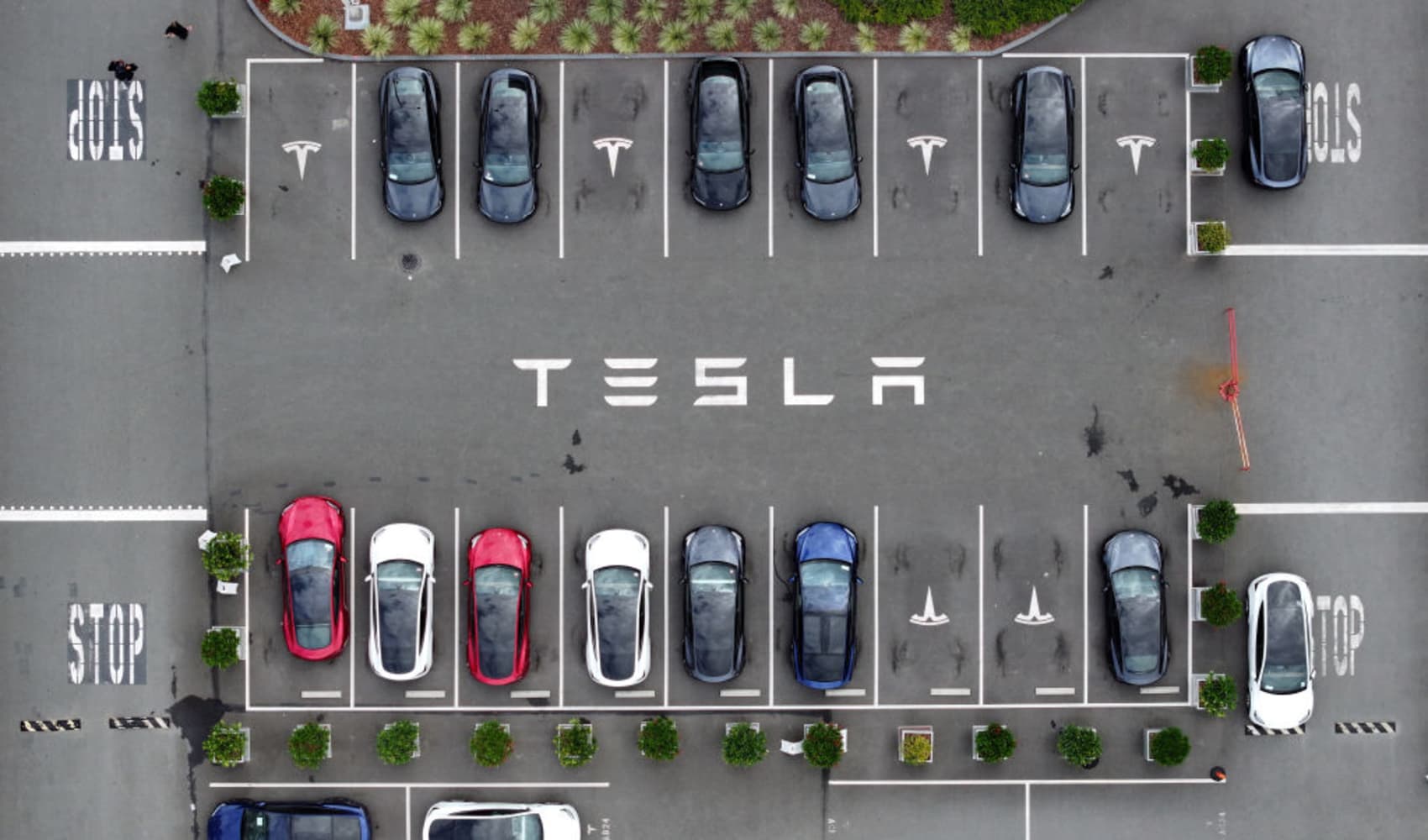
- Of the $1 billion in rebates going out, the majority — an estimated $603 million — will generally go to people with a health plan through the public exchange, depending on their insurer.
- Overall, the refunds are expected to average $141 per participant in plans through the marketplace, $155 for those in plans through small employers and $78 for enrollees in large-group plans.
- For marketplace enrollees who are due a rebate, it usually is delivered via a paper check, which means meaning you shouldn't ignore any mailings from your insurance company.
If you get your health insurance through the public marketplace, you may want to keep an eye out for a check from your insurer.
Insurance companies are distributing $1 billion in rebates to 8.2 million policyholders, beginning this month. Of those, the majority — an estimated $603 million — will go to people with a health plan through either the federal health exchange or their state's marketplace (if it has one), according to an estimate from the Kaiser Family Foundation.
The average rebate for marketplace enrollees is $141 per eligible participant.
Get Tri-state area news and weather forecasts to your inbox. Sign up for NBC New York newsletters.
While not everyone who gets coverage that way will receive a rebate, it's worth being sure not to ignore mailings from your insurance company (or your insurer in 2021, if different).
More from Personal Finance:
These steps can help you tackle stressful credit card debt
You may qualify for over $10,000 in climate incentives
Americans now less likely to tip generously for takeout
Those rebates — which can happen yearly, depending on the insurer — often arrive in the mail, said Cynthia Cox, a vice president at the Kaiser Family Foundation and director of its Affordable Care Act program. And, she said, many checks in past years have gone unclaimed.
Money Report
"There are some people who are missing out," Cox said.
Across marketplace plans, small group and large group plans, an aggregate $76.9 million in rebates went unclaimed from 2012 — the first year that rebates went out — through 2018, Kaiser research shows. Unclaimed rebates generally are subject to each state's laws regarding unclaimed property.
"If you've moved, you may want to contact your insurer to see if you're due a rebate," she said. "Insurers are supposed to make a good faith effort to locate you, but ... some rebates go unclaimed."
Some workplace plan enrollees also may get a rebate
In addition to the $603 million heading to enrollees in marketplace plans, an additional $275 million is expected to go to those in plans through a small employer and $168 million for enrollees in large-group plans (excluding those at companies that self-insure), according to the foundation's estimate. As with marketplace enrollees, not everyone who gets insurance this way will receive a rebate.
The average rebate per per eligible participant works out to $155 in a small-group plan and $78 in large-group plans. However, the rebate amount can vary widely, depending on your location and insurer.
While some insurers send a check, others give you a credit on your premiums. Be aware that if you are in a group plan, your company may split the rebate with you, Cox said. In simple terms, this is because you and your employer typically split the cost of insurance premiums.
Health insurers send rebates to meet 'medical loss ratio'
So why are the rebates going out?
Basically, insurance companies that sell group or individual policies must adhere to a "medical loss ratio" requiring them to spend at least 80% of premiums paid by enrollees on health-care costs and certain other expenses related to patient health. (For large group plans, the ratio is 85/15.) If that threshold is not met, enrollees are reimbursed the difference.
Each year, the ratio is calculated based on a rolling three-year average. So the rebates this year derive from insurance companies' financial data from 2019, 2020 and 2021 and will go to businesses and individuals who were enrolled in the plan in 2021.
The aggregate total of $1 billion in refunds is down from $2 billion issued in 2021 and a record $2.5 billion in 2020.






